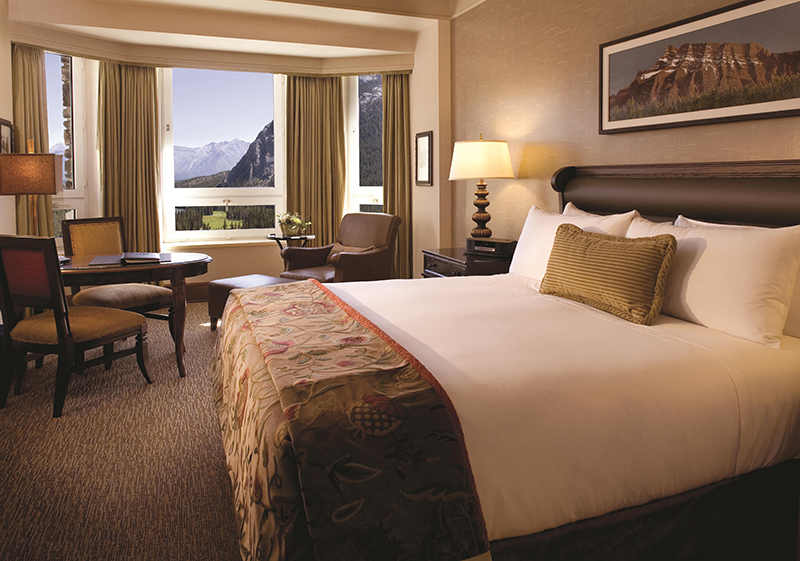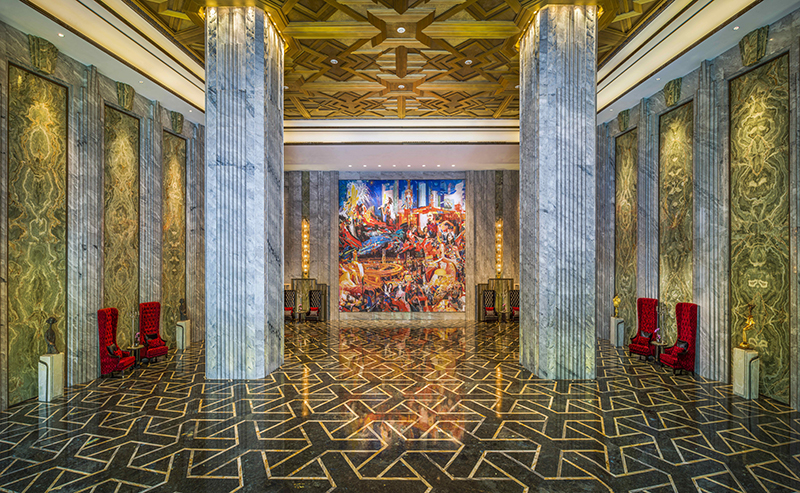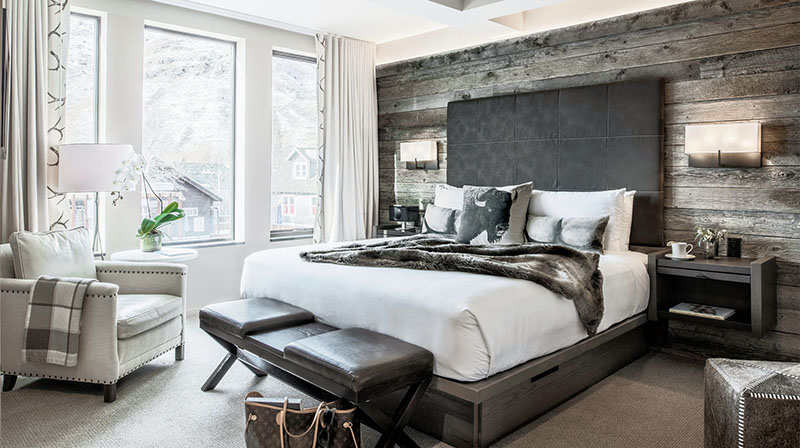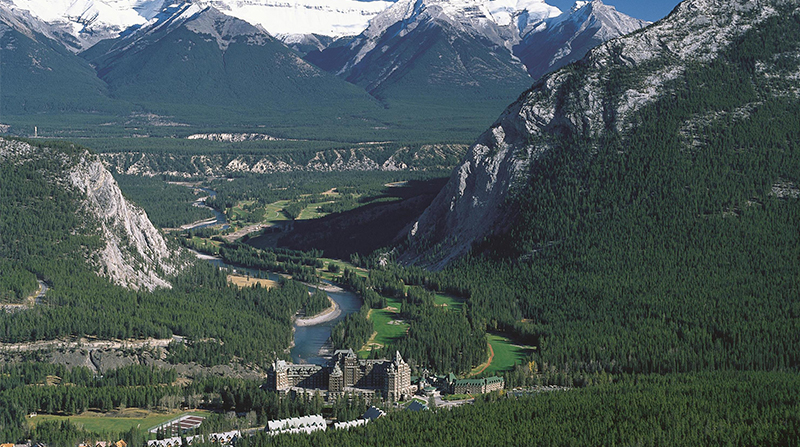

Banff National Park And Fairmont Banff Springs Hotel. Credit: Fairmont Banff Springs Hotel
National parks around the world are great places to hide out as the mercury soars, especially those with lakes, waterfalls and even glaciers.
From the turquoise lakes of Banff in Alberta, Canada, to the roaring waterfalls of Iguaçu National Park in Brazil, here are the best spots for appreciating Mother Nature, along with premier properties nearby that we’re wild about.
CANADA
Banff National Park
Canada’s oldest national park is stunning in its beauty and breadth. Alberta’s 2,564-square-mile reserve (more than twice the size of Rhode Island) is an eye-popping display of glaciers, evergreen forests and snow-capped peaks reflected in turquoise lakes that get their color from glacial meltwater.
Banff is beautiful in winter — with its lakes iced over and everything covered in pristine blankets of snow — but it’s also cold, with an average temperature consistently below 30 degrees Fahrenheit. August daytime temperatures average in the upper 60s and low 70s (depending on elevation), ideal for hiking, cycling, canoeing and kayaking (see Banff Canoe Club for rentals) without breaking a sweat.
Stay: Fairmont Banff Springs Hotel
One of Canada’s great railway hotels, built in the trademark château style, this 770-room Four-Star retreat is perched right inside the park. Nearly every room has gorgeous views of its peaks, and the property is just a 10-minute walk from Bow Falls View Point.
The Fairmont also nails it on family fun, with outdoor adventures like rafting, canoeing and fishing; an in-house bowling alley; campfires; lawn games; and alfresco movies. Its Kids @ The Castle programs are only for tiny travelers ages three to 12, but adults will be forgiven for trying to sneak into stargazing sessions, painting workshops and nature tours.
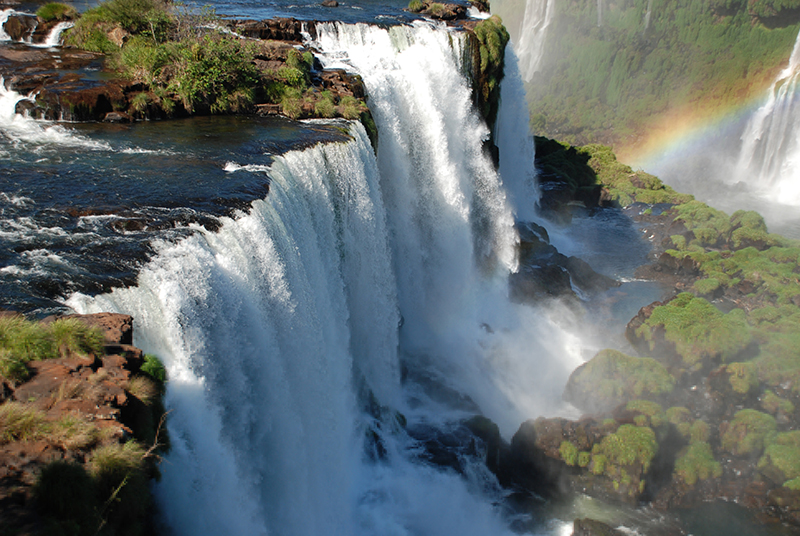
Iguaçu National Park. Credit: Belmond Hotel das Cataratas
BRAZIL
Iguaçu National Park
You don’t have to get wet at Iguassu Falls — there are 275 cascades that make up Iguazú National Park in Argentina and Iguaçu National Park in Brazil — but it’s more fun if you do. There are speed boat tours right under Devil’s Throat, the tallest and most powerful of the falls and, for a slightly less sopping look, a walkway on which you can gaze up at the water roaring down.
If you’re really intent on staying dry, book a helicopter tour over the falls or clamber along one of the hiking trails through the park, keeping your eyes peeled for coatis (a member of the raccoon family), monkeys and birds. Though you can get closer to the water on the Argentina side, the panoramic views from Brazil are breathtaking. The weather is at its best during the summer (April through September), when it’s not too hot or humid.
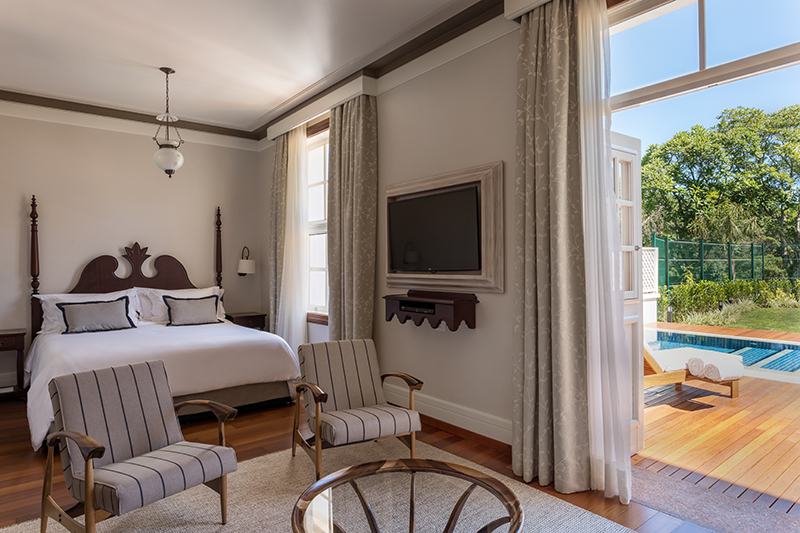
Belmond Hotel das Cataratas. Credit: Belmond Hotel das Cataratas
Stay: Belmond Hotel das Cataratas
This pale pink, 1950s-era Portuguese colonial-style building is the only hotel in Iguaçu National Park. Its Forbes Travel Guide Five-Star rating is well-earned: the 187 rooms have sumptuous queen beds, dark carved-wood furniture and botanical prints that nod to the huge number of flora in the park.
There are tennis courts, a beautiful heated pool and a spa that utilizes local products — and you’ll have time to enjoy them all because, from 5 p.m. until 9 a.m., hotel guests are the only ones with access to the park. Join one of the property’s morning walks and you’ll have the park, and its enormous crashing waterfalls, almost all to yourself.
CHINA
Gongqing Forest Park
Shanghai is a dazzling city, but it also has more than 24 million inhabitants and gets hot and steamy in the summer. Gongqing Forest Park — not a national park but a tranquil slice of nature nonetheless — is a great escape from downtown, and you can get there by either metro or cab.
This is one of the more family-friendly spots in Shanghai, with ample space for kids to run around and fly kites. There’s a pint-size train doing loops around a track, a small area for horseback riding and boats and tandem bikes can be rented by the hour.
The park is heavily shaded, its canopies green in summer and fiery shades of red (maple trees) and yellow (gingko) in autumn, with quiet walking paths and picnic areas (but bring your own food because there’s little sold in the park).
Stay: Wanda Reign on the Bund
A 30-minute drive from the secluded park and just a few blocks east of Yu Garden — another gorgeous city-center green space — is one of Shanghai’s most opulent hotels, a glitzy, no-holds-barred affair owned by one of China’s wealthiest men, Wang Jianlin, and designed by lauded British firm Foster and Partners.
The ceiling, walls and floors of the 32-foot-high lobby are luxuriously set with jade-and-marble-inlaid tile, the art deco elements a nod to the Bund’s historic buildings. Wanda Reign commissioned the artwork on display throughout the hotel, and the first piece you’ll see is in the lobby: a large abstract painting of Shanghai by 79-year-old Shi Qi.
JAPAN
Fuji-Hakone-Izu National Park
Japan’s most iconic peak, Mount Fuji, is the star attraction of this national park less than two hours outside of Tokyo. The park is not a single space but rather composed of four its namesake Mt. Fuji and Fuji Five Lakes at its base; the town of Hakone; the Izu Peninsula; and the volcanic Izu Islands. The park can’t be tackled in a single visit, but plenty of hikers do visit Mt. Fuji on day trips from Tokyo.
Japan’s capital is hot and humid in the summer and Fuji is a literal breath of fresh air. The climbing season runs from July through mid-September, but those who don’t want to trek six hours to the summit can hike or boat in the Fuji Five Lakes region (swimming in the lakes is not permitted) or spend a leisurely day in Hakone, soaking in hot springs, wandering the grounds of the superb Hakone Open-Air Museum (with more than 100 sculptures displayed on the grounds and a dedicated Picasso pavilion) and eating cool soba noodles.
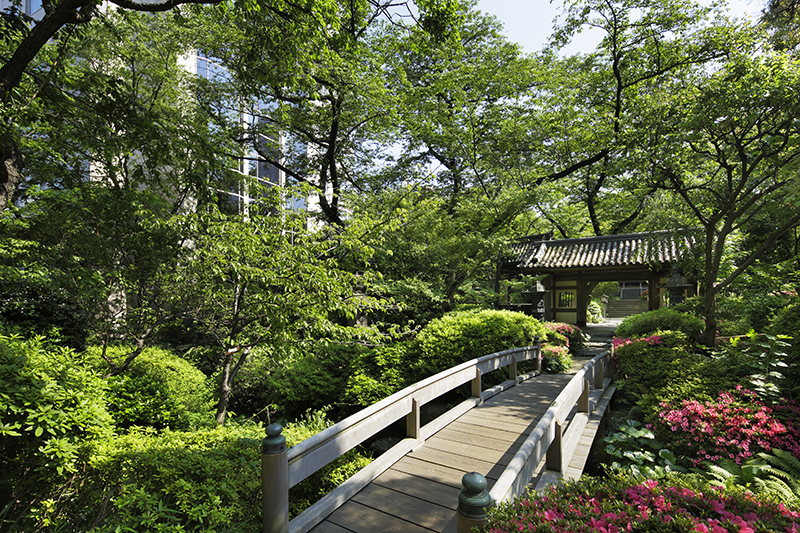
The Prince Sakura Tower Tokyo’s Garden. Credit: The Prince Sakura Tower Tokyo, Autograph Collection
Stay: The Prince Sakura Tower Tokyo, Autograph Collection
The lovely Japanese garden at this 287hotel — with a carp pond and winding, shaded paths — is ideal for early-morning walks. The property has a great gym with ample equipment, trainers and saunas, but you are also welcome to use the facilities at the neighboring Grand Prince Hotel Takanawa and Grand Prince Hotel New Takanawa, including the ultimate Tokyo summer treat: a rooftop pool.
The Prince Sakura is a stone’s throw from busy Shinagawa Station, convenient for taking the train to Hakone, Kyoto or Osaka.
Kyoto Gyoen National Garden
For ages, Kyoto Gyoen National Garden (the grounds of Kyoto Imperial Palace) could be visited only on guided tours, but today it’s open to all. The park is most popular in March and April, when the plum (ume) and cherry trees are in bloom, but all year long it sees loads of locals strolling its shaded walkways or cycling along the broad paths, with visitors taking photos of the greenery and heading into the Imperial Palace and Sento Imperial Palace (reservations are required for both).
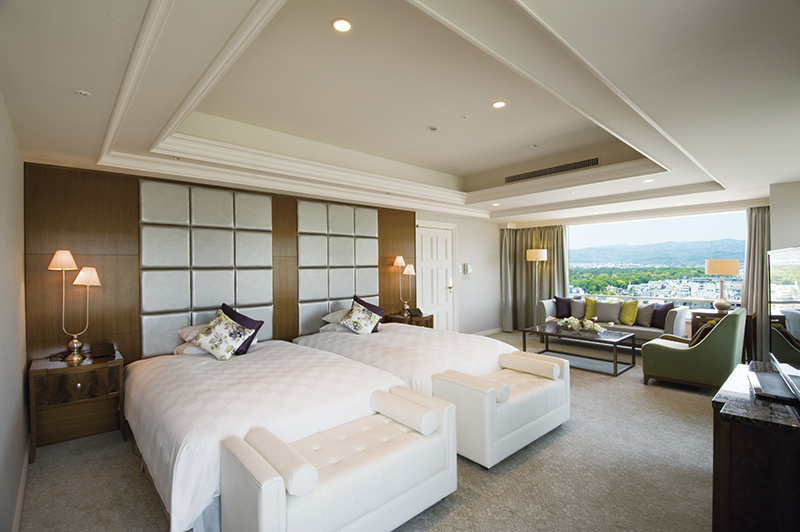
Kyoto Hotel Okura. Credit: Kyoto Hotel Okura
Stay: Kyoto Hotel Okura
Just a 10-minute walk south of the garden is Kyoto’s tallest hotel, where the vista from every room is sweeping. If you don’t book a stay, you can still take in the view from 17th-floor restaurant Orizzonte.
The Okura is well-located, just a block from the river, a 15-minute walk to Nishiki Market and a 20-minute stroll to the trendy Gion district. One of the nicest amenities at this Forbes Travel Guide Recommended hotel is the complimentary shuttle bus to Kyoto Station, where you can also take advantage of a private welcome lounge and luggage service, making it ideal for travelers going to Kansai International Airport in Osaka.
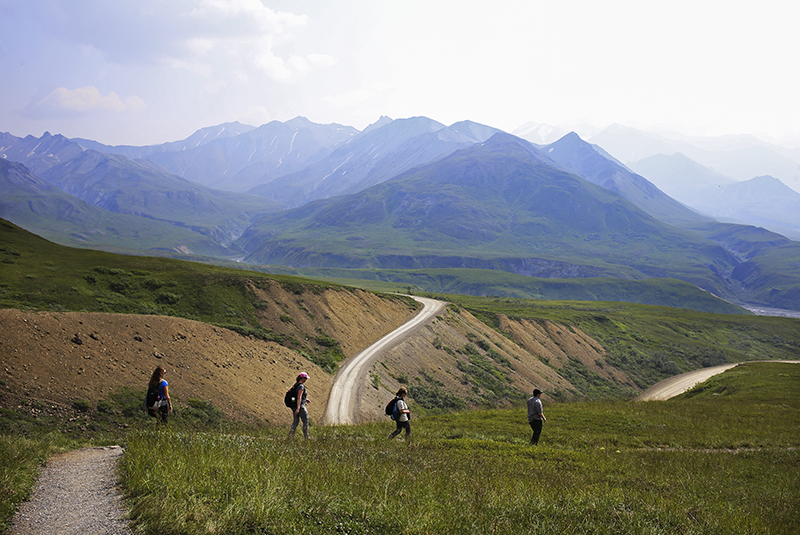
Denali National Park. Credit: NPS Photo & Emily Mesner
UNITED STATES
Denali National Park and Preserve
The highest mountain in North America (20,310 feet) and its enormous surrounding national park (bigger than New Hampshire) are gorgeous, wild and remote. As with Banff, summer is the most pleasant time to explore Alaska’s Denali via hiking solo or led by rangers, biking, bird-watching, canoeing, rafting or kayaking.
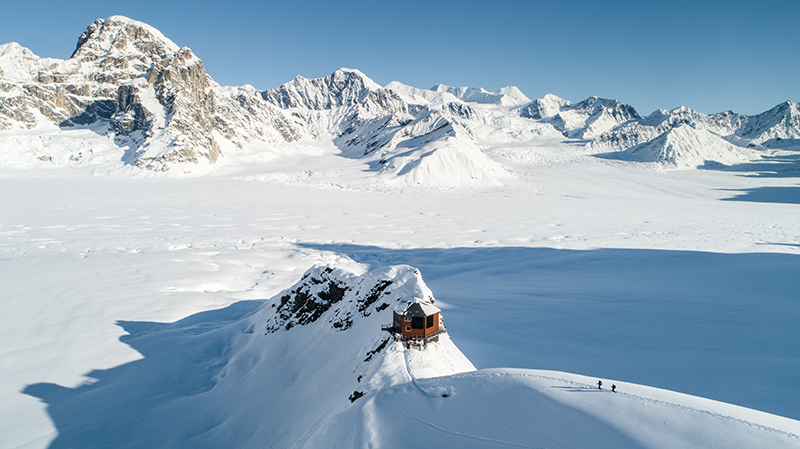
Sheldon Chalet. Credit: Chris Burkard
Stay: Sheldon Chalet
This is the only luxury hotel in Denali National Park, and will remain so — siblings Kate and Robert Sheldon, whose father and maternal grandfather were pioneering pilots, are the only people to have a hotel permit for this remote destination.
It’s luxurious isolation, with arrival by helicopter only, no Wi-Fi, no phone service and just five rooms. Email pecking is replaced by snowshoeing, flightseeing, snow picnics with Alaskan king crab, star- and aurora borealis-gazing and soaks in the rooftop sauna in the shadow of the mountain.
Grand Teton National Park
A mere 10 miles from Yellowstone National Park is another scenic stretch of protected land, this one home to the northern section of Jackson Hole valley and the major peaks of the 40-mile-long Teton Range. The mountainous park boasts more than 200 miles of trails for hiking, biking and horseback riding as well as the Snake River for rafting and lakes for boating, fishing (you’ll need a one-day license) and swimming in some areas.
Grand Teton National Park also runs a number of ranger-led family programs throughout the summer, including the delightfully wholesome twilight talks, held around a campfire.
Stay: Hotel Jackson
Right in downtown Jackson is this boutique, family-owned hotel in a modern building made of metal, stone and reclaimed wood. After hiking in the park, ease into the rooftop jacuzzi or curl up by the gas fireplace in the homey library or the one in each of the 58 rooms.
The Four-Star stay is within easy walking distance to galleries, shops and a handful of restaurants, but don’t overlook the property’s own Mediterranean eatery, Figs, where the kitchen proudly uses locally sourced proteins like bison and elk.
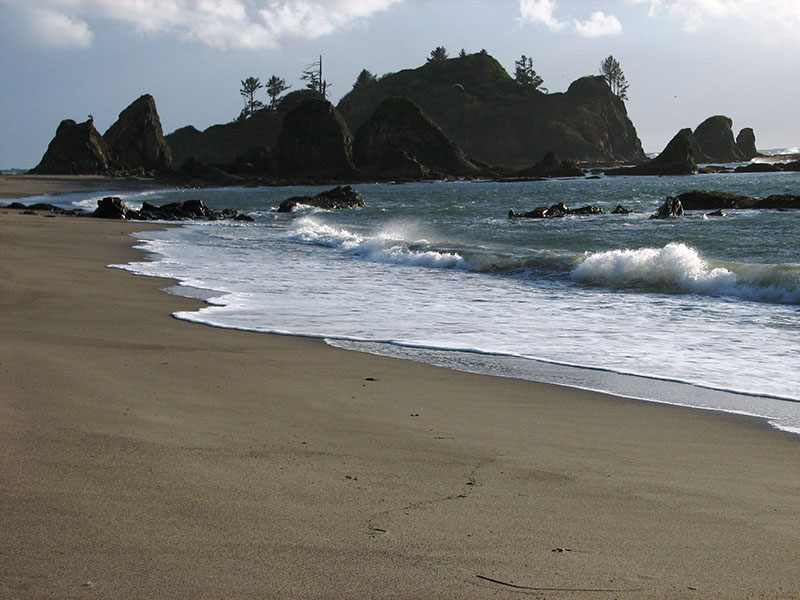
Olympic National Park. Credit: NPS Photo
Olympic National Park
What makes this Pacific Northwest national park such a treat is its range of ecosystems — you could explore Washington’s rugged shoreline, interior rainforests, the Olympic Mountains and their snow-capped peaks all within the protected area’s nearly 1 million acres.
Day hikes abound, from an easy three-quarter-mile loop in the verdant Hoh Rainforest to the short but steep 1.7-mile Mount Storm King Trail, which climbs 2,100 feet. But in addition to the hiking and boating you can do in many other parks, Olympic’s coastal location allows for the opportunity to explore tidepools, looking out for starfish and sea anemones.
Stay: Hotel Murano
Tacoma is an easy two-hour drive from the park, making a day trip possible. The Forbes Travel Guide Recommended Hotel Murano, named for the Italian glass-production city, is right downtown — a few minutes’ walk from the Children’s Museum of Tacoma, Tacoma Art Museum and the Museum of Glass. And speaking of exhibits, the hotel is part gallery itself, with each of the 25 floors highlighting a different artist.
